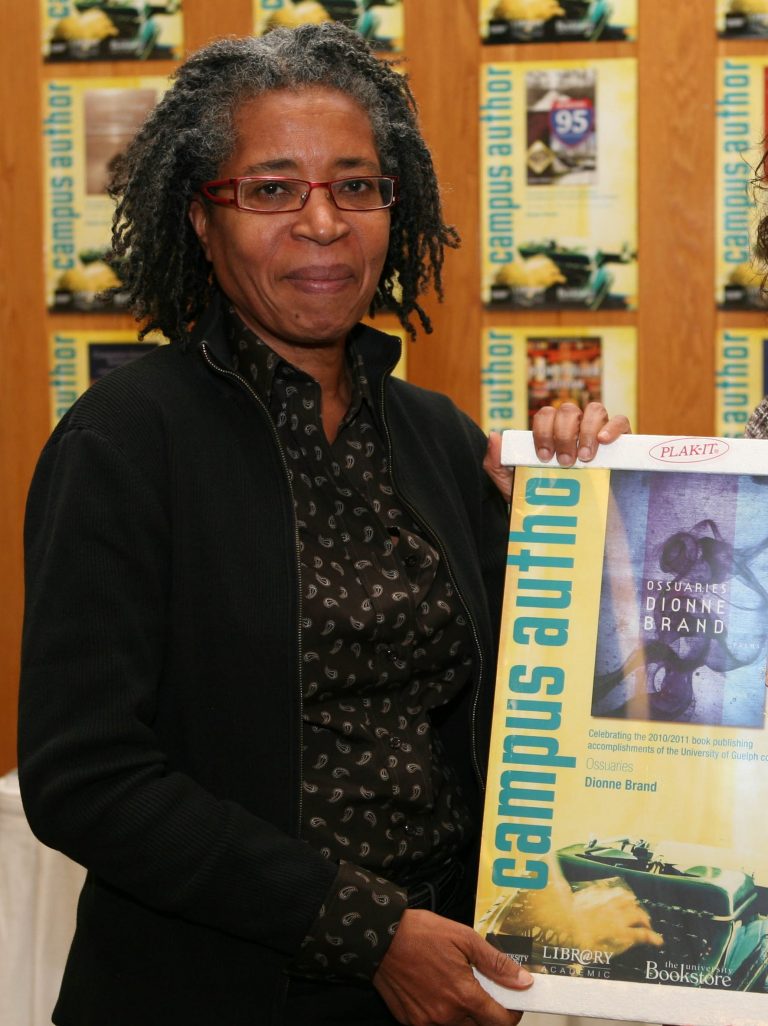

“It was really difficult in the sense that to engage in that argument is to necessitate a certain kind of honesty between the author and the clerk. The text contains 59 versos and there are sub-versos of the 59 and then there are unnumbered versos. That Brand is revealing her writerly self here is obvious. “The clerk holds those thoughts that the author doesn’t quite know what to do with yet.” These bits and pieces are not collected could ready to be turned into something. The figure of the clerk arose to be the person who holds all that is withheld, both disparate and pointed, she added. These scraps, these disparate chunks are arranged by The Blue Clerk who is an archivist.įor Brand, the question is: “How does one write all the things that have been withheld. Writers always have thought-fragments of thoughts, or insights, or bon mots, that are not used. It was this uncontainability that I started to think about.” I was really interested in what is withheld and who holds that. “It did start from the idea that writing is a negotiation between what is written and what is withheld. The Blue Clerk is about what is written and what is not. “The Blue Clerk began perhaps in 2009 and Theory began five or six years ago,” she said in a phone interview. Both have been percolating, maybe steeping is the better metaphor, with Brand for awhile. The books aren’t lightning bolts however. Her novels and her collections of poetry are always thoughtful and complex.īut she seems to have outdone herself this year with two new books one called The Blue Clerk which has been nominated for a Governor General’s award for poetry and the other is a novel called Theory.

Dionne Brand has always been an ambitious writer.


 0 kommentar(er)
0 kommentar(er)
